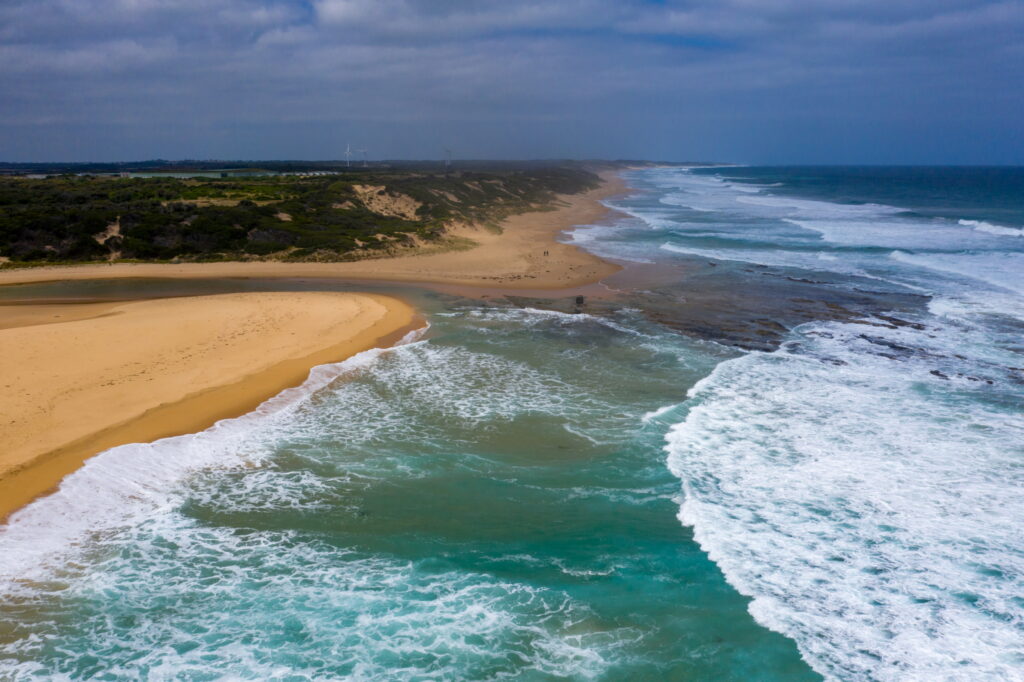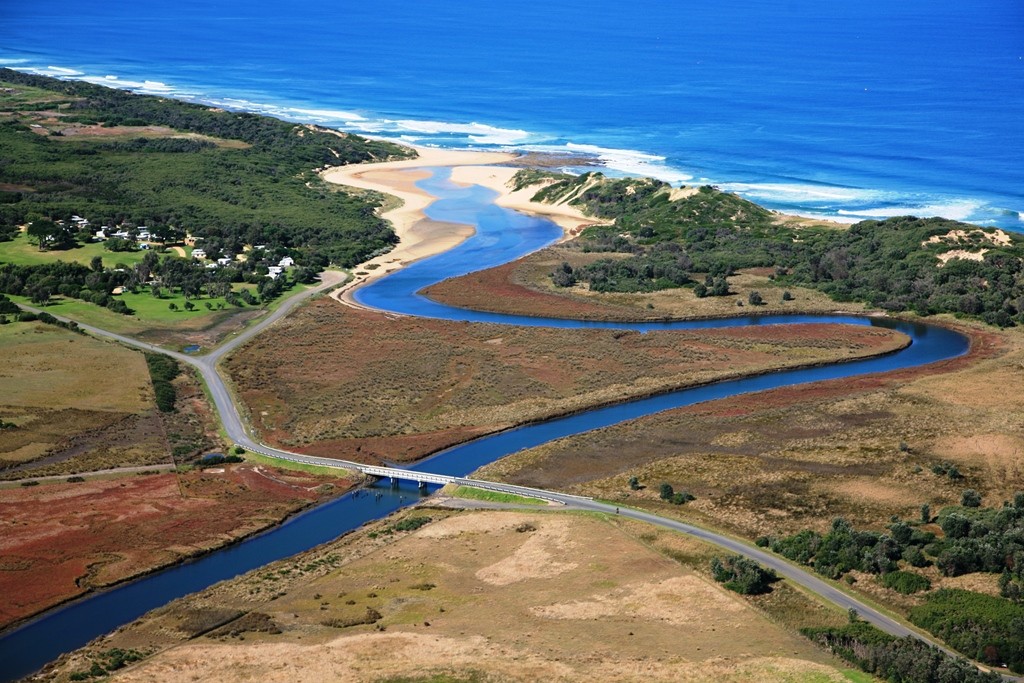
Reallocated water to flow across Gippsland
More water is set to flow in West Gippsland’s rivers with Minister for Water Gayle Tierney announcing an allocation of 16 gigalitres of water for the environment, Traditional Owners and farming.
This project focuses on the Carran Carran (Thomson River) and Rainbow Creek between the Cowwarr Weir and the township of Heyfield, and has addressed the risk of avulsion (where a waterway creates a new path in times of flood) across the agricultural land between Carran Carran (Thomson River) and Rainbow Creek, working in partnership with landholders to remove willows, treat avulsion ‘hotspots’, plant native vegetation and fence off waterways.
We have two informative videos for you to enjoy. In the first one ‘Flagship Project – Mid Thomson River’ our Waterways Project Officer, David Stork talks about the Thomson (Carran Carran) River and the creation of the Rainbow Creek.
Video number two ‘Nurturing a rainbow – Managing the Thomson’ David together with Elsa Burnell talks about the exciting work that has been happening and what is hoped to achieve next.
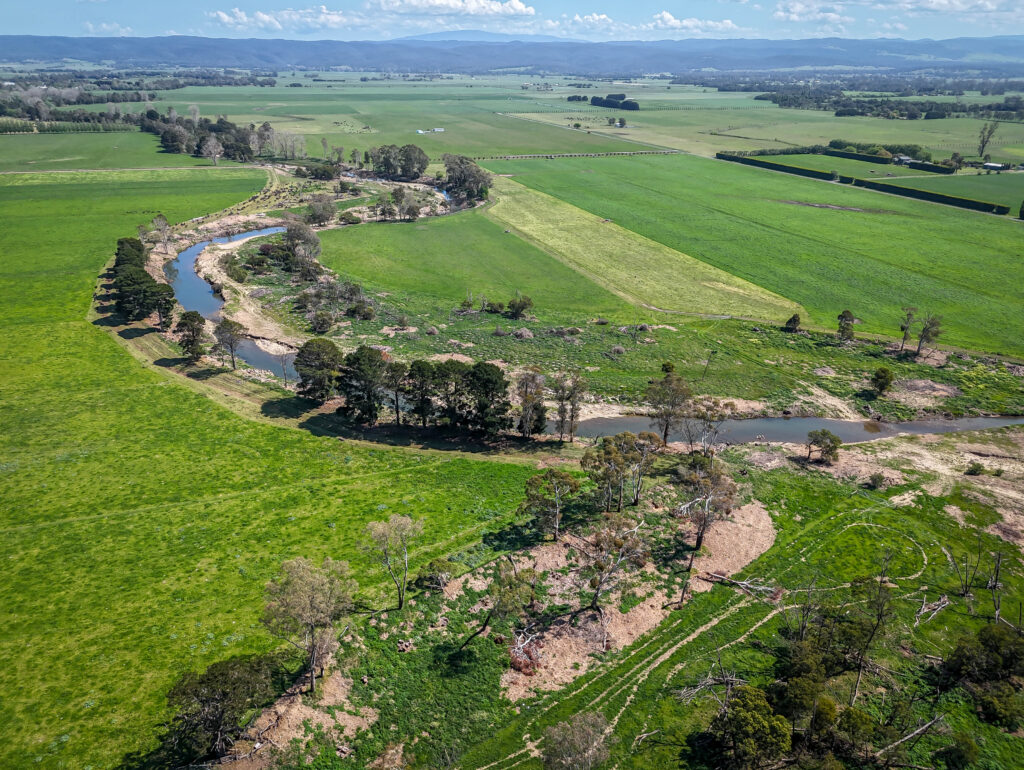
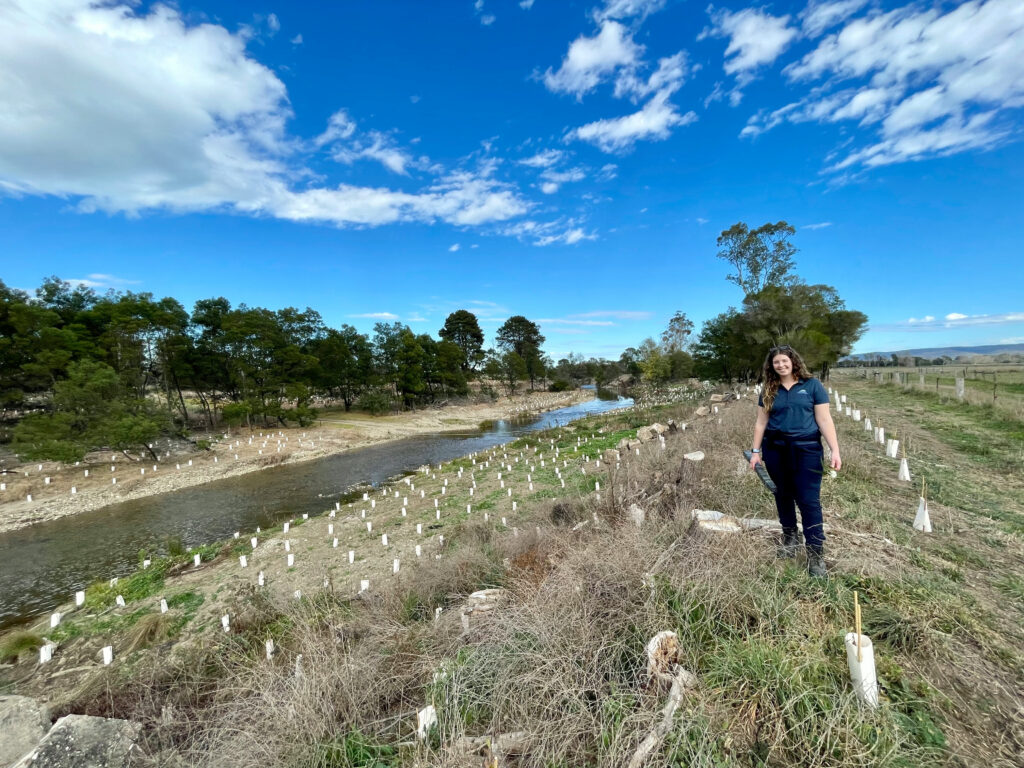
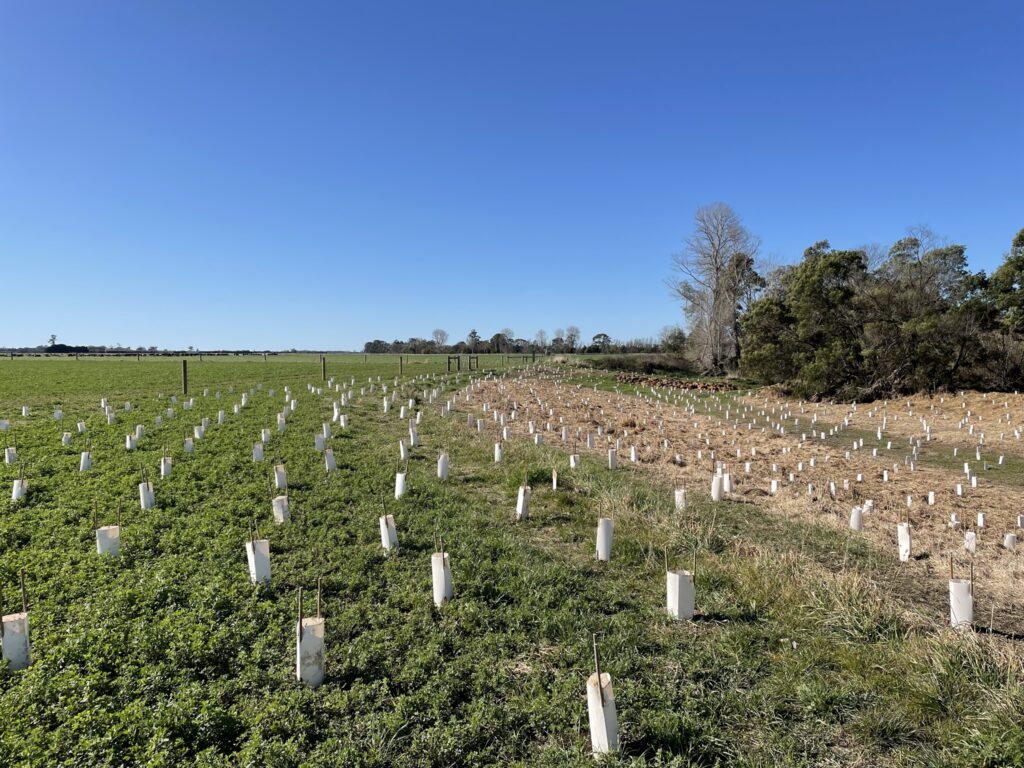
Water for the environment is water that is set aside in major reservoirs and carefully released down the river to support the health of West Gippsland’s waterways, it can also be diverted from the river into the lower Latrobe wetlands and keeps our rivers flowing and healthy.
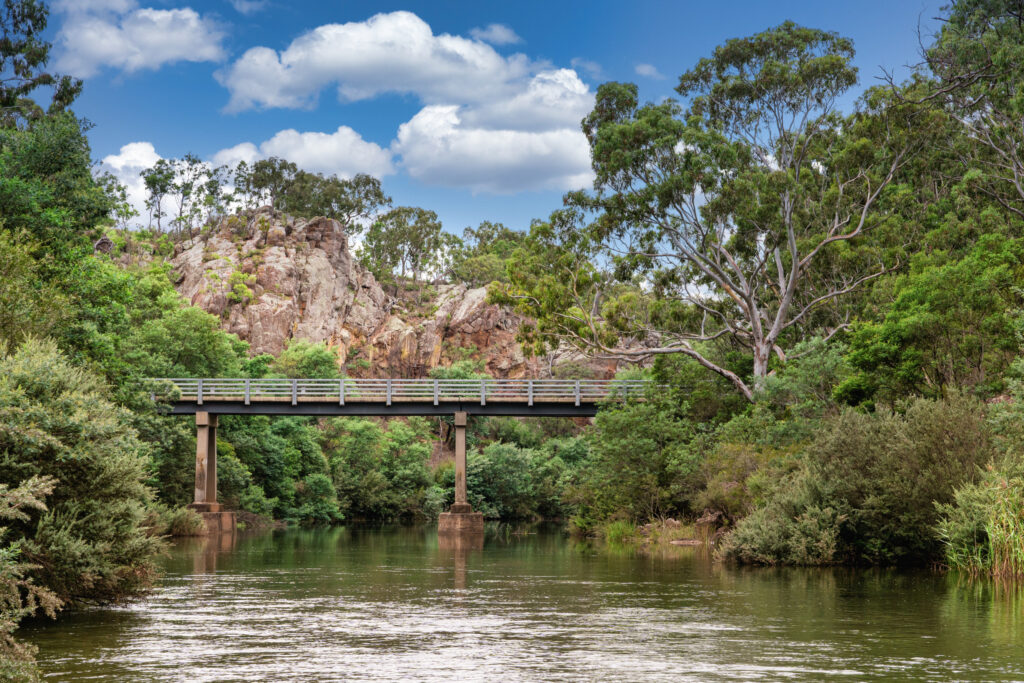
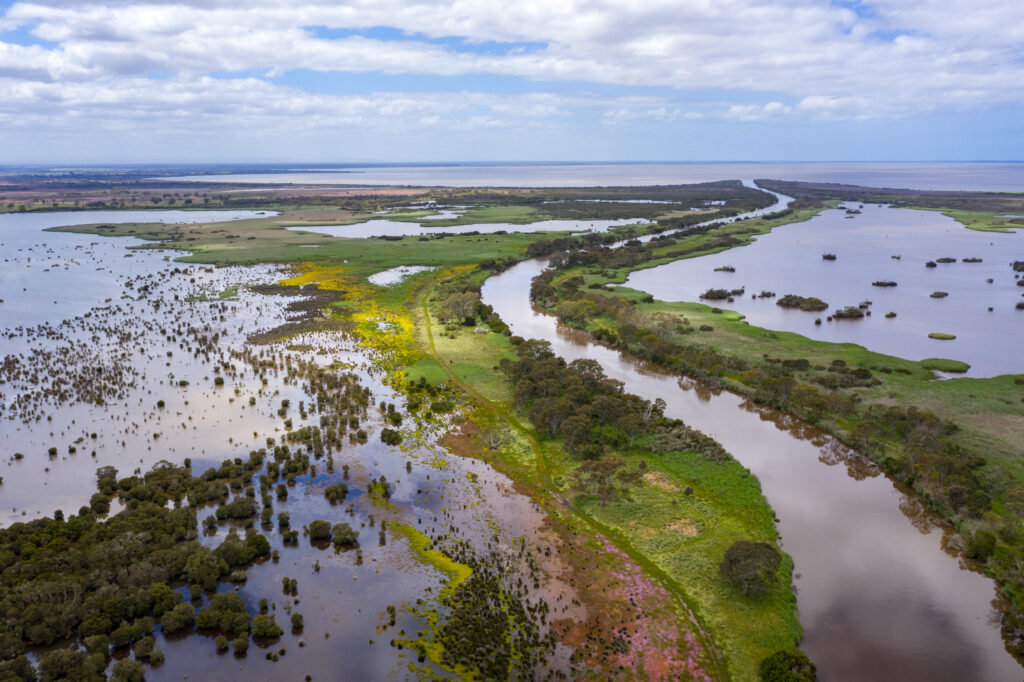
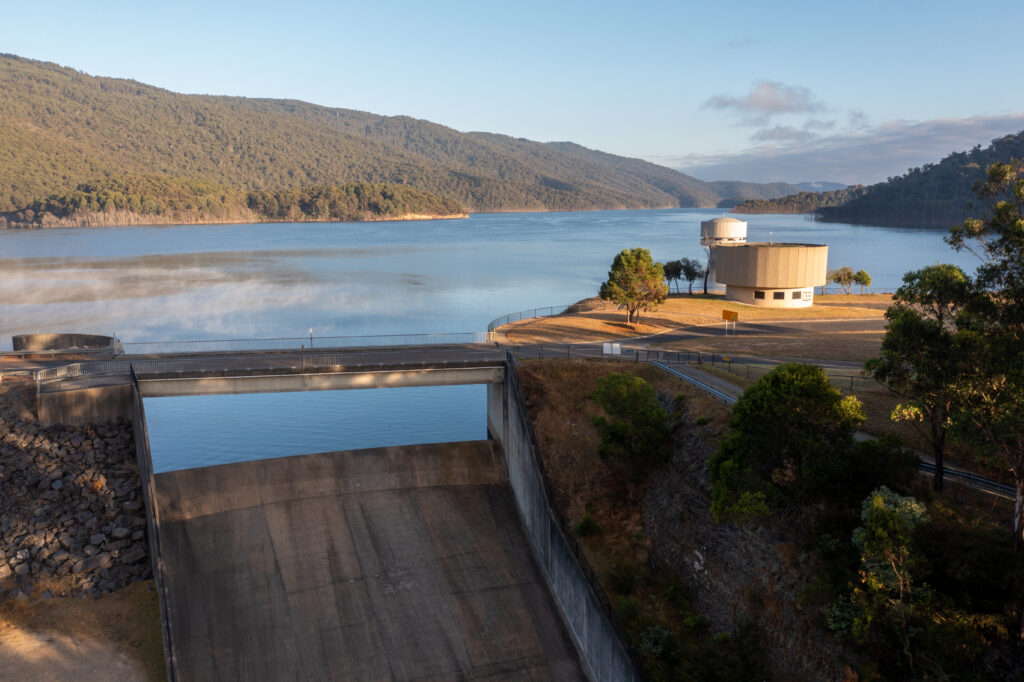
Due to the start of the staged coal mine closures in the Latrobe Valley, as well as changes like climate change and competing demands for water, there is now a once-in-a-lifetime opportunity to restore resilience and accelerate change for the benefit of the environment and all community members.
Due to the start of the staged coal mine closures in the Latrobe Valley, as well as changes like climate change and competing demands for water, there is now a once-in-a-lifetime opportunity to restore resilience and accelerate change for the benefit of the environment and all community members.
The West Gippsland CMA has developed a strategy to turn this ‘working river’ into a river that works again. ‘Transformation of the Latrobe: Pathways for the Latrobe River System’ comprises a package of management actions to improve the condition and health of the River system. More information can be found in this fact sheet (PDF – 2MB).
The proposed program of works to improve the health of Durt’Yowan (Latrobe River) ranges from:
Now released publicly Durt’Yowan (Latrobe River): The Life Source short film, is available for you to watch and learn why Durt’Yowan has been the life source for people in Gippsland for thousands of years.
With some big changes on the horizon for the Latrobe River or Durt’Yowan as the Gunaikurnai people have called it for thousands of years, it is important to know the story behind one of Gippsland’s longest rivers.
A: Durt’Yowan is the Gunaikurnai name for the Latrobe River system, it comprises the Latrobe River, its tributaries and the Lower Latrobe Wetlands, an important part of the Ramsar-listed Gippsland Lakes site.
A: Durt’Yowan supports plant and animal species of high conservation significance. The Latrobe River also provides an essential source of freshwater to the Ramsar listed Gippsland Lakes site, of which the Lower Latrobe Wetlands are an important component.
In addition to the environmental values, the Latrobe system supports cultural, social, recreational and economic values. Gunaikurnai people are the traditional owners of Gippsland, and the Latrobe system. Waterways and wetlands in the region contain important ceremonial places and for thousands of years the Latrobe River provided resources such as food and medicines to the Gunaikurnai people.
Fish species such as Australian Bass, Dwarf Galaxias, Australian Grayling and Estuary Perch call the river system their home along with platypus, rakali, frogs and burrowing crayfish.
Australian Bass were released into Traralgon creek a tributary of the Latrobe River, in December 2023 in partnership with Fisheries Victoria, this ‘King of the River’ video tells the story in full.
A: The current impacts to the environment and Traditional Owner values of the Latrobe River system (including its estuary and the Ramsar listed lower Latrobe wetlands) are due to historical river course modifications, river straightening, draining of swamps/wetlands, land clearing, removal of riparian vegetation, weeds, invasive animals, constructions of large on-stream storage’s and (critically) the large volume of water removed from the river for power generation, industry, urban supply, agriculture and other purposes.
Changes to the river course have induced significant erosion problems, reduced habitat for native species, created barriers to fish migration and altered flooding patterns. Changes to the flow regime of the river degrade it’s physical and ecological health, and therefore its ability to provide environmental, social economic and cultural benefits to the community. Although some water for the environment has been allocated to the Latrobe River system (in Blue Rock Reservoir), it is not sufficient to meet the communities objectives for the river and downstream environments.
A: Competing demands for water including water for mine rehabilitation, new and emerging industries, urban growth and agricultural expansion will all place pressures on the Latrobe’s precious water resources. This is likely to be overlaid by a trend toward a climate typified by drier conditions interspersed with intense weather events. Reduced freshwater flows in the river is the greatest threat to riverine health.
Additional risks associated with mine rehabilitation, and the potential formation of large pit lakes are being investigated through processes such as the Latrobe Valley Regional Rehabilitation Strategy and the Hazelwood Mine Rehabilitation Environment Effects Study.
A: Repurposing water for mine rehabilitation would impact the ability to meet the water needs of the river system (including the estuary and the lower Latrobe wetlands) and Traditional Owners. It would entrench the significant legacy impacts of coal fired power generation in the Latrobe Valley on the Latrobe River system. This would create an enduring opportunity cost to the Victorian community to heal Country and meet community expectations to improve the health of the Latrobe River system.
In addition, it would see a change in the usage pattern of the water. Water used for power generation varies throughout the year, particularly when it comes to water stored in Blue Rock Reservoir, with a higher demand for water in the warmer months. Mine rehabilitation would see a consistent extraction of water throughout the year changing the flow regime, or pattern of flows, the river has seen for the last 50-60 years.
There are also impacts to the river’s health associated with the infrastructure built to harvest and supply river water for power generation (i.e. dams and other in-stream structures) including barriers to the movement of fish and sediment down the river.
A: The plants and animals that live in rivers rely on flows that naturally fluctuate over time according to patterns in climate and weather. This includes floods and low flows, and everything in between. Rivers need floods to remain healthy.
Floods are also vital for the health of salty environments, including estuaries and the ocean. The importance of moderate to large floods for Lake Wellington and its fringing wetlands cannot be overstated. Floods are responsible for flushing of salts through the system and providing important ecological cues for plants and animals. Plans to harvest floods to assist with rehabilitation of the Latrobe Valley coal mine voids should be carefully considered in this context.
A: The majority of towns and cities along the Latrobe River were settled at a time when floods were a regular occurrence. This meant that the towns and cities were built on higher ground to avoid most of the impacts of flooding.
Now, any development on or around the floodplain is required to go through a planning permit application process which considers the likelihood of floods impacts to the site as well as the implications of the development of neighbouring and downstream properties. Through this process, specific design elements are put on the development (eg. minimum ground floor level heights for a building) to reduce or remove the impacts of floods.
It is unlikely that ‘trimming’ floods will provide any meaningful mitigation benefit for downstream communities or landholders.
A: The West Gippsland CMA are passionate about river health. The CMA has a 25-year legacy of working with the community to improve the health of our waterways and wetlands. The CMA will be continuing in its efforts to help landholders and the community protect and revegetate riparian habitat, reinstatement natural river flow paths, remove barriers to fish passage, implement weed control and importantly secure more water for the environment.
We also recognise that the transition process in the Latrobe Valley provides a once-in-a-lifetime opportunity to accelerate these river health initiatives and build resilience into the river system to give it the best chance of surviving future challenges. The West Gippsland CMA has developed a strategy to turn this ‘working river’ into a river that works again. ‘Transformation of the Latrobe: Pathways for the Latrobe River System’ comprises a package of management actions to improve the condition and health of the River system.
A: We encourage all community members to be curious, ask questions and get involved in the important discussions about the future of the Latrobe Valley and the river system.
If you wish to be informed of future opportunities via the CMA please sign up using this form.
To stay up to date with news and events relating to Durt’Yowan (Latrobe River) submit the form below and we will keep in touch via email.
The following publications are all available for download.

More water is set to flow in West Gippsland’s rivers with Minister for Water Gayle Tierney announcing an allocation of 16 gigalitres of water for the environment, Traditional Owners and farming.
It does this by investing in priority activities as identified in the Lake Wellington Land and Water Management Plan (LWNP). Its function is to support irrigators to be as efficient as possible while protecting the natural assets within the Gippsland Lake catchment.
In partnership with Agriculture Victoria we are supporting four irrigators in Central Gippsland to trial innovative irrigation and nutrient management practices that boost farm productivity while improving the environment.
Working together to improve irrigation, the Sustainable Irrigation in West Gippsland program seeks to achieve a highly productive and sustainable irrigation community that values and protects its natural and cultural assets.
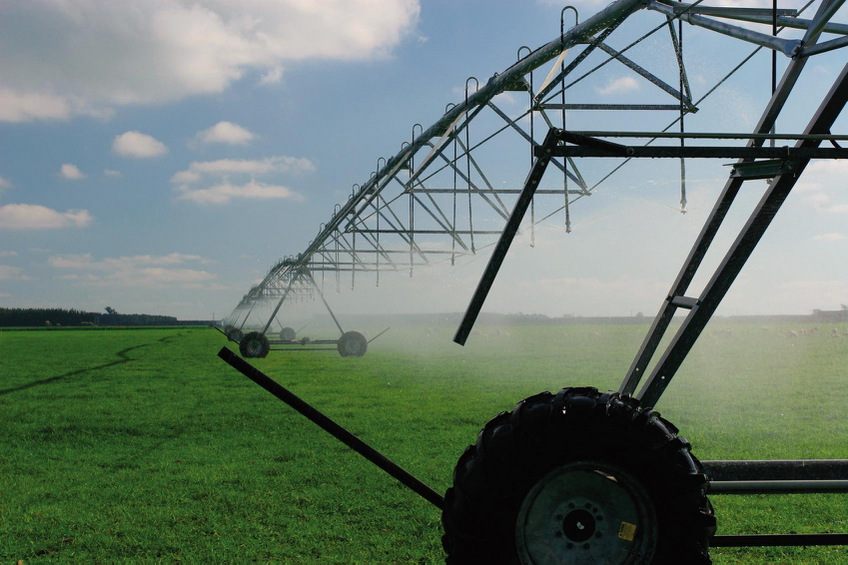
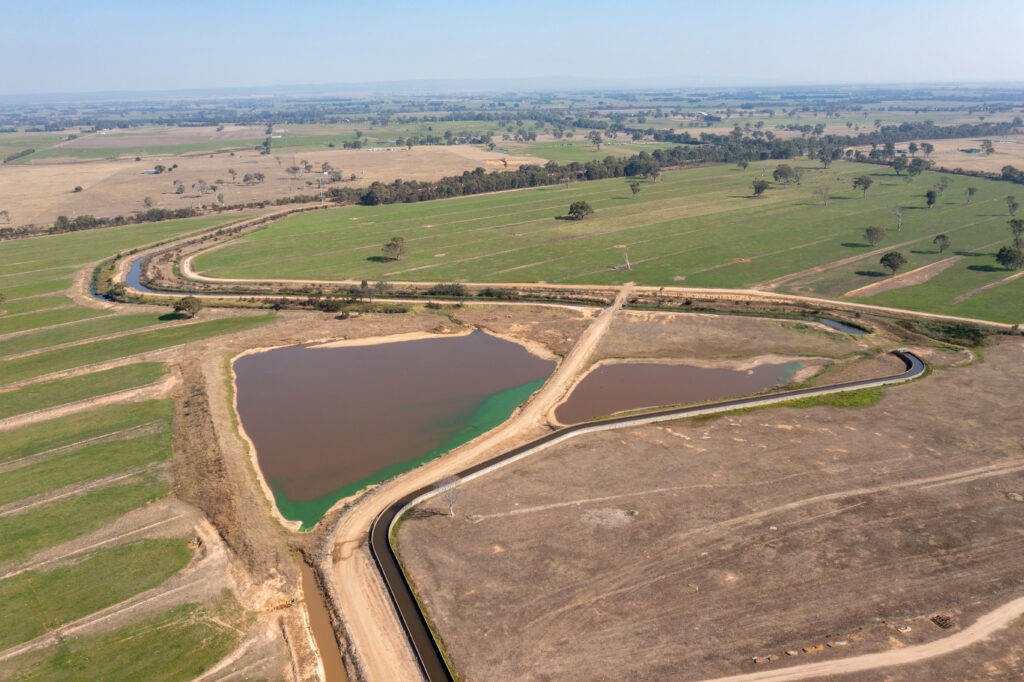
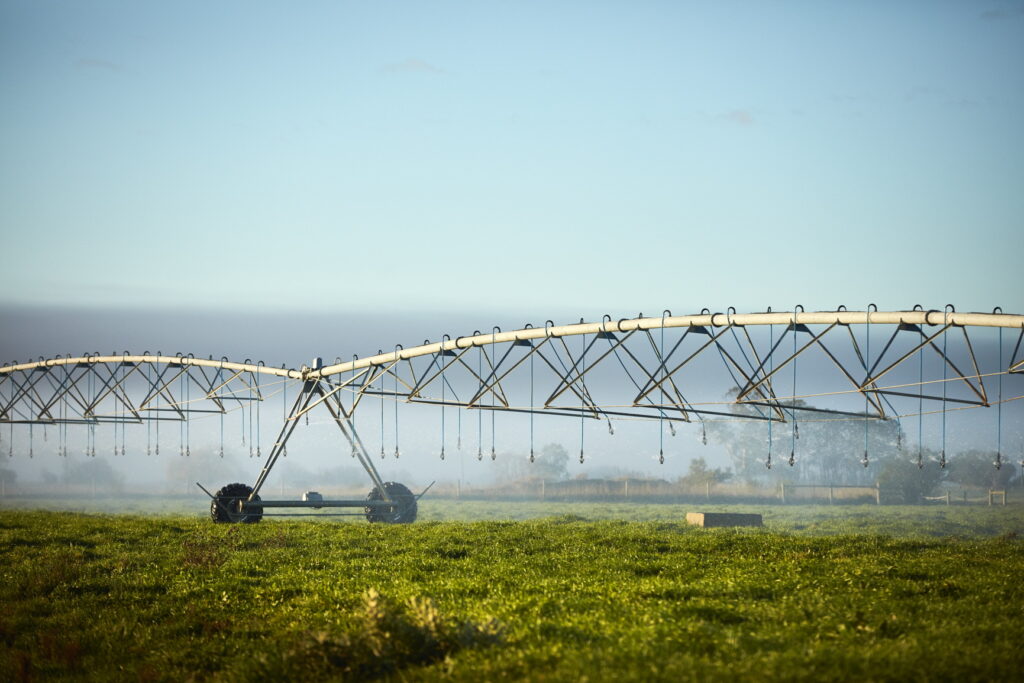
Rivers begin their journey in the headwaters, the remote Victorian Alps are home to some of the most pristine waterways in Victoria – and we’re working to keep them that way by removing invasive willows that clog waterways, damage riparian vegetation and spread downstream.
Removing willows helps to:
The project focuses on the upper reaches and tributaries of the Carran Carran (Thomson River), Wirn wirndook Yeerung (Macalister River) Avon and Durt’Yowan (Latrobe River) all in the Victorian Alps and the Tarwin (West Branch), Franklin, Agnes, Jack and Albert and Tarra rivers in the Strzelecki Ranges.
Willows spread easily by seed, branches and twigs, so part of the project is about identifying seed sources that are causing infestations downstream.
The Protecting Pristine Headwaters project is supported by the Victorian Government.
We are also working with landholders and neighbouring CMAs to coordinate willow control activities and share information.



Corner Inlet Ramsar wetland is a recognised haven for migratory and resident shorebirds and made up of extensive seagrass meadows, and unique intertidal mudflats and forests of white mangrove (Avicennia marina) – the world’s most southerly distribution of this species.
This project aims to reduce key threats and protect and enhance the values of Corner Inlet wetland that is protected under the Convention of Wetlands declared in Ramsar, Iran in 1971.
We will work with Traditional Owners, partners, landholders and community to:
In the first of this five-year project, positive results were achieved including treating spartina, controlling foxes to protect shorebirds, improving water quality, and safeguarding 136 hectares of saltmarsh including a 25 hectare Trust for Nature covenant protecting the area forever.
In total, weed control covered over the entire site of 67,000 hectares with 530 hectares of pest animal control and water monitoring will help measure results of the efforts across the broader catchment.
BirdLife Australia teams undertook seasonal shorebird counts and monitored the breeding success and health of key species of beach nesting birds such as Hooded Plovers, Pied Oystercatchers and Crested, Caspian and Fairy terns.
The $3 M project is funded by the Australian Government Natural Heritage Trust and delivered by West Gippsland CMA, a member of the Commonwealth Regional Delivery Partners panel.
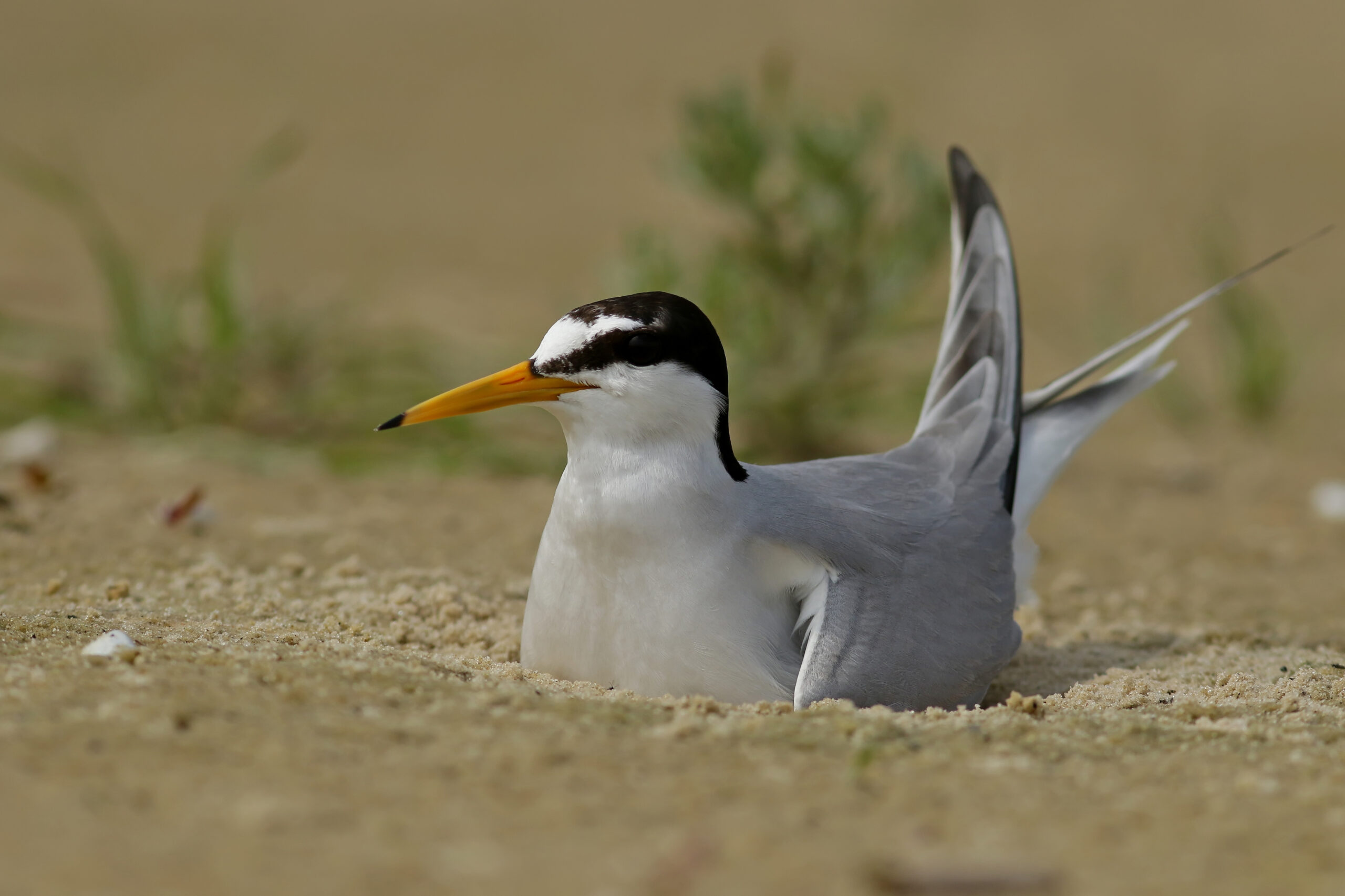
Capturing an elusive fox on Dream Island, tackling weed infestations and keeping watch over threatened beach nesting birds are just some events in the compelling story of the past year of Gippsland Catchment Management Authority’s (CMA) Corner Inlet Connections project.

A tiny bird the size and weight of a matchbox that flies thousands of kilometres from the Siberian tundra is one of the amazing stories of Corner Inlet’s migratory birds that West Gippsland Catchment Management Authority (CMA) is celebrating this World Migratory Bird Day.
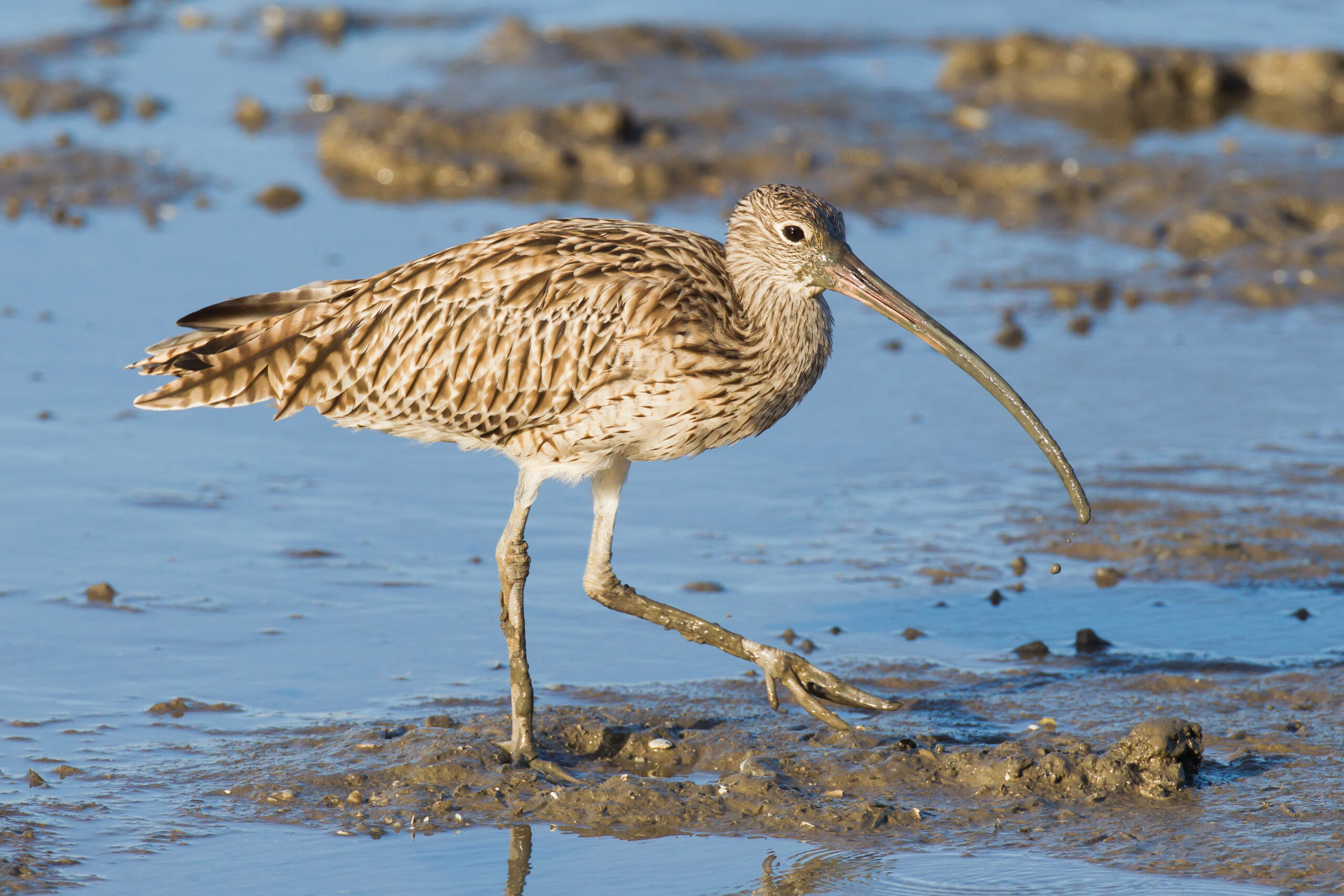
This World Wetlands Day, held on Sunday 2 February, West Gippsland Catchment Management Authority, (the CMA) is proud to celebrate the ongoing commitment to protecting world renowned Corner Inlet Ramsar wetland through its Corner Inlet Connections project.
Toward Zero Extinctions: Protecting the Eastern Hooded Plover is a four-year project aimed at saving this threatened species from extinction.
The project focuses on the the coastline between San Remo and Sandy Point in South Gippsland, that is home to the second largest population of Hoodies in Victoria.
It involves:
The $1.5M project is funded by the Australian Government Natural Heritage Trust and delivered by West Gippsland CMA, a member of the Commonwealth Regional Delivery Partners panel.

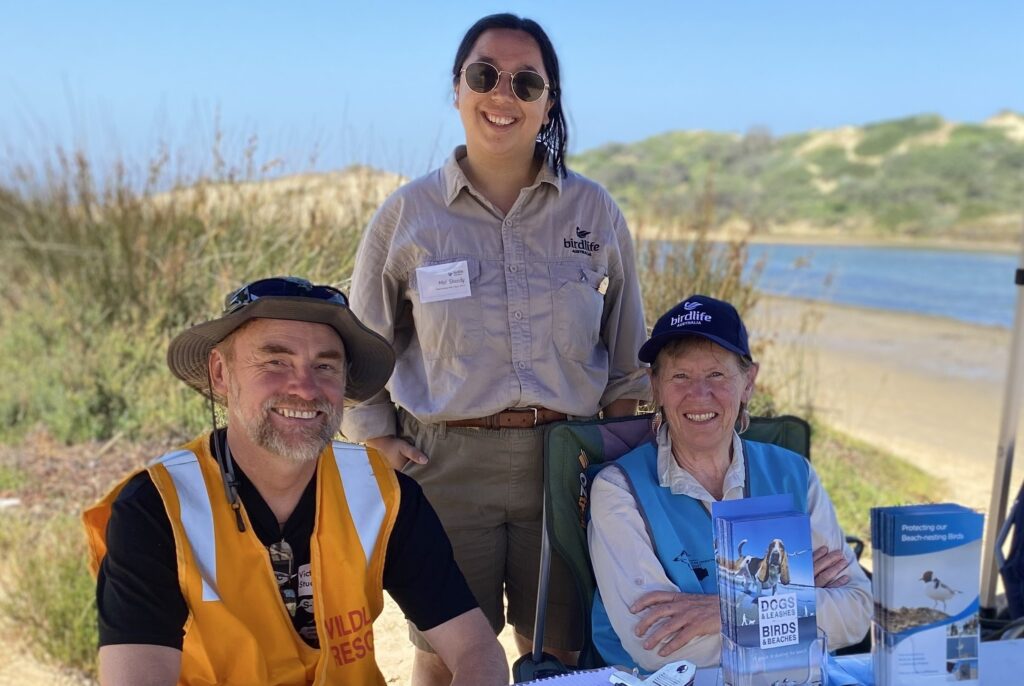
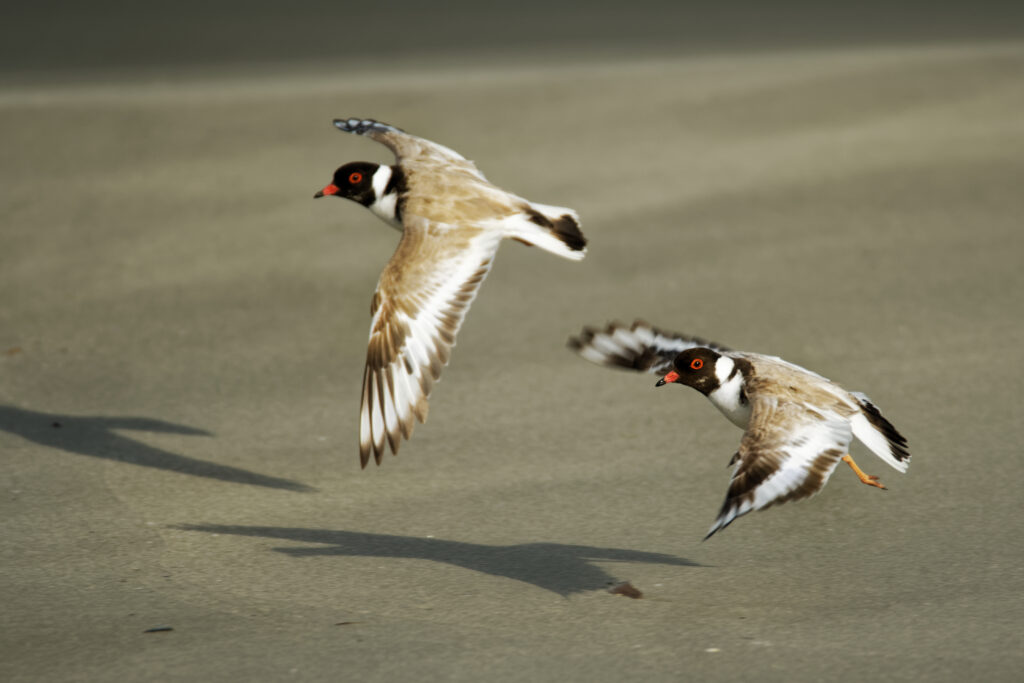

Capturing an elusive fox on Dream Island, tackling weed infestations and keeping watch over threatened beach nesting birds are just some events in the compelling story of the past year of Gippsland Catchment Management Authority’s (CMA) Corner Inlet Connections project.
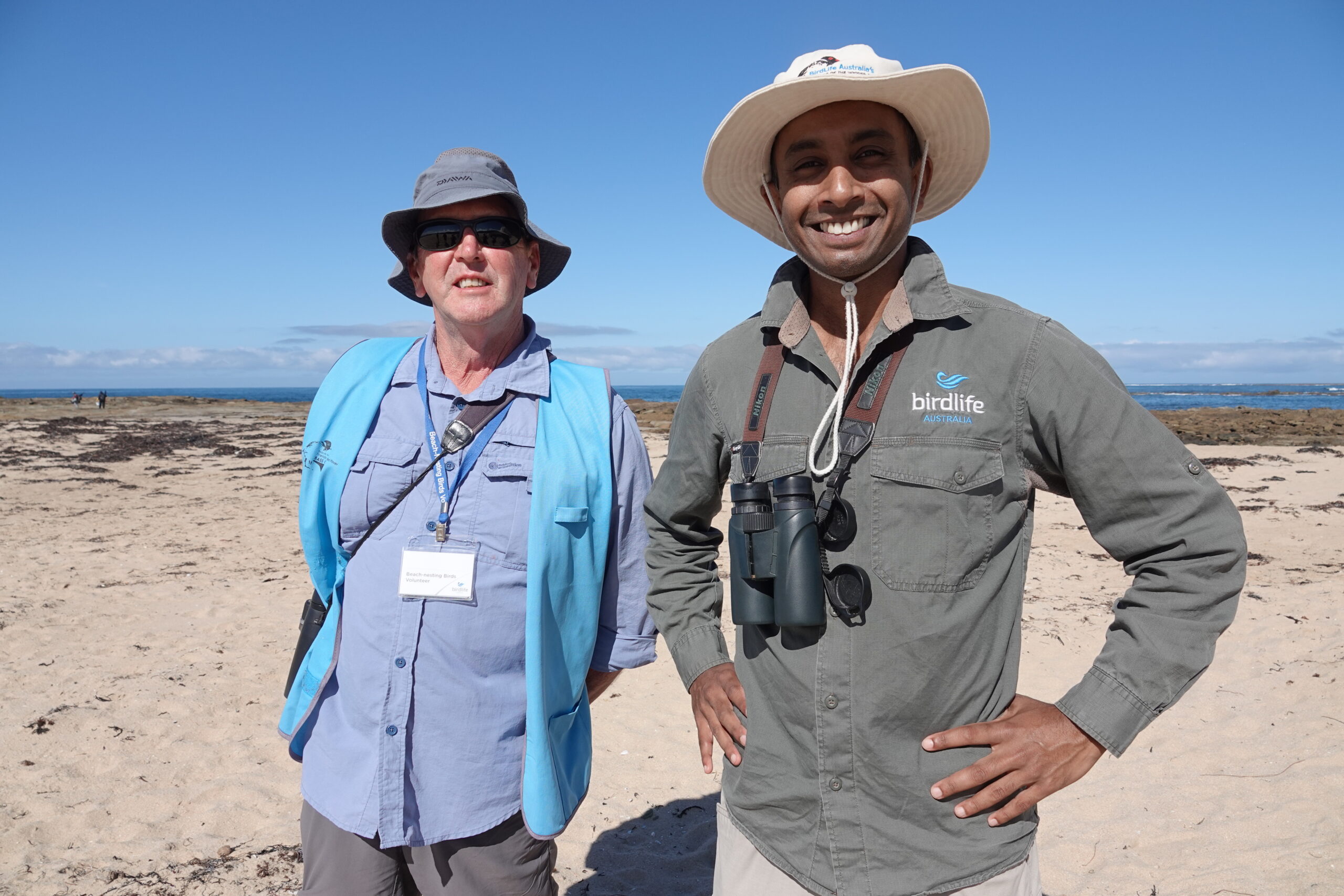
Every day over summer David Hartney goes for a walk along the beach at Cape Paterson. He takes his time, observing the changes in the dunes, the telltale tracks of wildlife, the rise and swell of the tide.
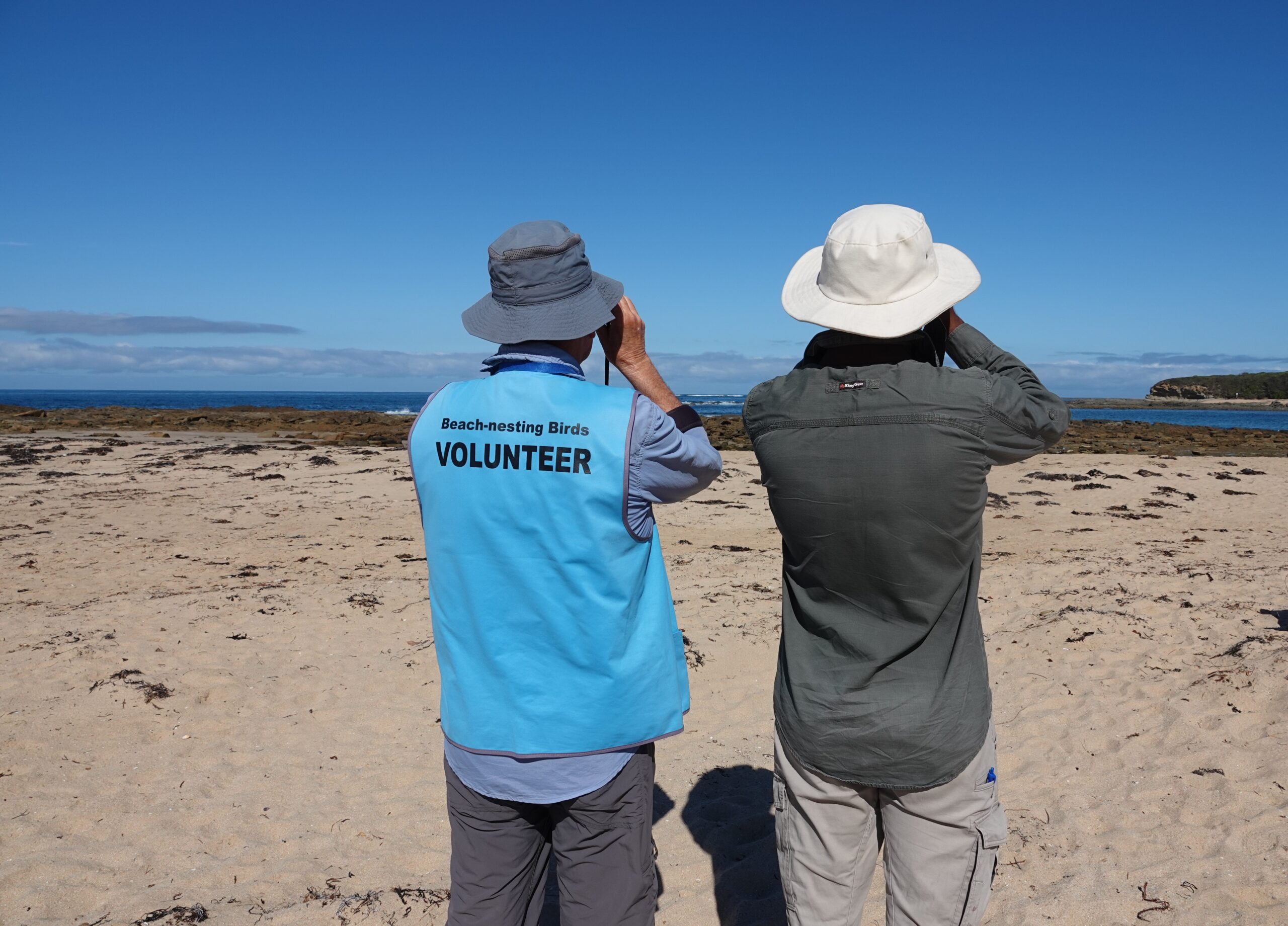
In this episode of Gippslandscapes wewe chat with Hooded Plover guru Kasun Ekanayake from BirdLife Australia about the plight of the plover and how devoted volunteers like David Hartney are helping to save the species from extinction.
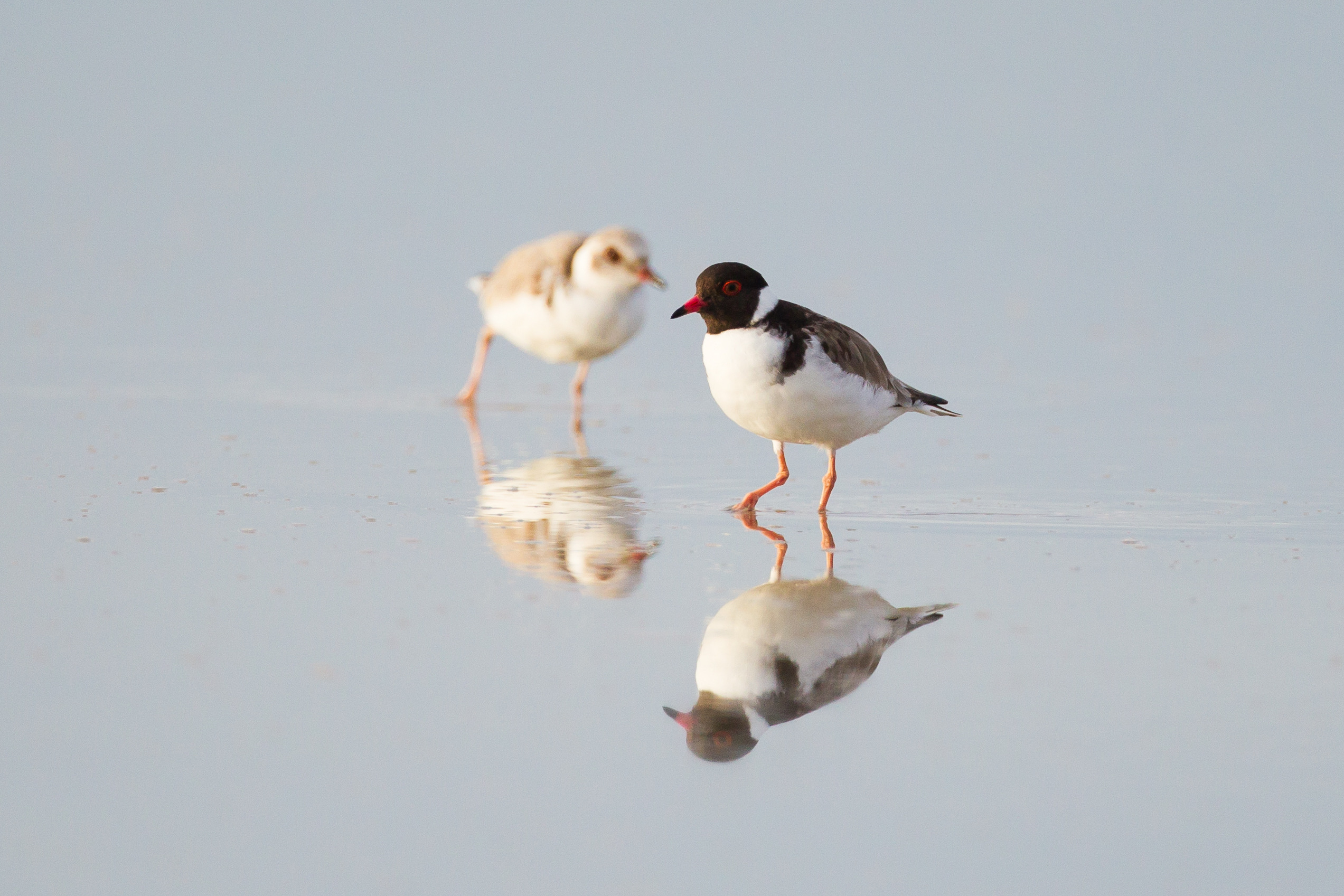
A new project aimed at saving one of our region’s much-loved native birds from extinction.
It takes a village to care for a catchment, the Powlett River/Kugerungmome Partnerships Project takes a ‘whole of catchment’ approach to better manage this beautiful and precious part of the catchment.
